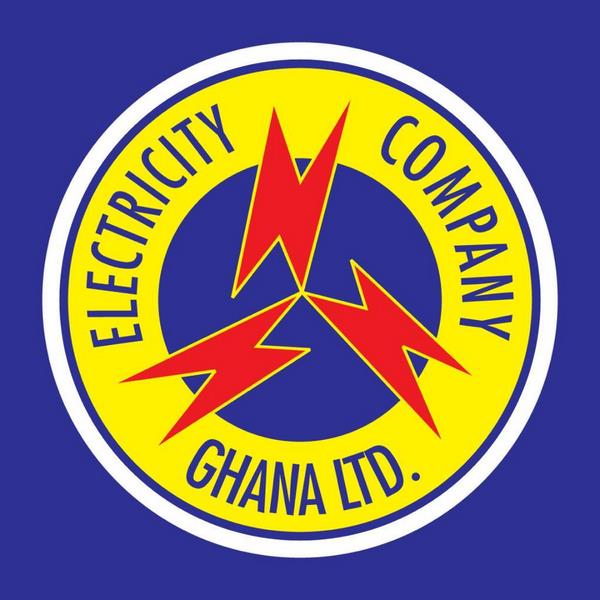
It has emerged that the Electricity Company of Ghana (ECG), between 2014 and 2016, procured prepaid meters and conductors worth ¢59 million, but the machines are still locked up in the company’s warehouse.
The revelation is highlighted in the 2020 Auditor-General’s Report on the audit of statutory boards and corporations.
According to the report, ECG procured the 265 meters and conductors but at the time of the auditing in 2019, the meters have not been deployed.
The Auditor-General recommended that the management of ECG ensures that the prepayment meters and conductors are issued out to the users.
However, if they fail to do so the amount involved should be recovered from the officers who engaged in the procurement.
The Audit Report also revealed that ECG lost 2,649.08 GWh, which represents 24.30% of power purchased from the power-producing companies to system losses.
The report advised management to determine losses that are due to technical and commercial challenges to help deploy measures to reduce those losses.
The report also noted that ECG incurred expenses to the tune of ¢182,576,235.15 as capacity charge by Cenit Energy for the 12 months in 2018.
However, Cenit supplied only 300.00kWh and 2,220,900.00kWh in August and December respectively for the full year.
The Auditor-General charged the management of ECG to ensure that exit clauses are considered extensively before signing contracts.
It also came to light during the audit that ECG has not established an Audit Committee which is supposed to provide financial oversight
The report demands that the Management of ECG establishes an Audit Committee in accordance with the Public Financial Management Act, 2016 (Act 921).
The report further notes that electrical materials amounting to ¢11,581,019.21 were given out on loan to eight beneficiary companies.
These materials were issued out between 2014 and 2018 without any specific terms of agreement.
The Auditor-General called on the Management to ensure that these materials are returned before they become obsolete or the parties concerned should be made to pay for the cost of materials as considered appropriate.
With regard to damage to transformers, the report noted that during the audit, 17 transformers were damaged between 2010 and 2013.
The auditors were, however, unable to ascertain the basis upon which the transformers, which have an average useful life of 35 years could be damaged when they have not been used.
The auditors recommended that Management should safeguard assets procured and ensure that the faulty transformers are repaired or the Procurement Officers and Operations Directorate should be held responsible.

